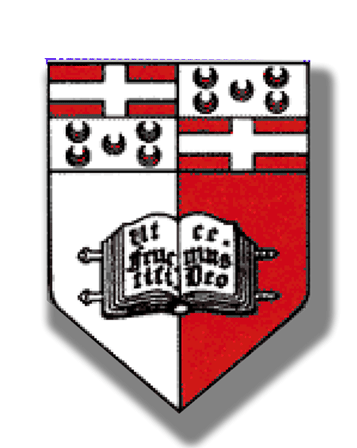There is thus a need for an approach framework for a computational means that:
i) maps life-oriented product structure specifications coming from the different disciplines (both engineering and non-engineering related) to the feasible solution space
ii) provides designers of interdisciplinary atefacts with pro-active guidance from the specifications, with reasons for the feasibility of the alternatives, so that at the embodiment stages they make the right decisions that do not result in problematic life-cycle consequences; and
iii) builds the related evolving models.
ii) Undertaking
a critical review of existing means that support decision making;
iii) Identifying their
strengths and weaknesses;
iv) Establishing the missing gap
from the review;
v) Identifying a number of
research questions that arise from the research gap
vii) Generating a framework
that aids designers in pro-active decision making;
viii) Establishing the knowledge model and formalizing the knowledge for
realizing the approach;
ix) Identifying the system requirements and architecture for
implementing the approach in a prototype system;
x) Creating case-studies to be
able to demonstrate the approach;
xi) Demonstrating the approach
to a number of practicing designers;
xii) Obtaining designers’
feedback on the strengths and limitations of the approach;
xiii) Identifying future
improvements and spin-offs.
i)
Reviewing and understanding
related literature;
a lack of inferencing between the interdisciplinary specification document and the feasible solution space in a CAD system. Hence designers are not pro-actively guided about which alternatives are feasible and which result in good or problematic life-cycle consequences.
Designers of interdisciplinary artefacts would benefit from an approach that allows the integration of interdisciplinary specifications in a CAD system, to be made aware of the feasible solution space and to foresee upcoming life-cycle issues prior to taking solution commitments, so as to be able to design artefacts that satisfy the life-phase stakeholder needs without too much iteration.
In order to be able to focus, this research work is bounded to consider:
- Component-based life-oriented design
- Mechanical product design
- Design by a single designer
- Routine and adaptive design
